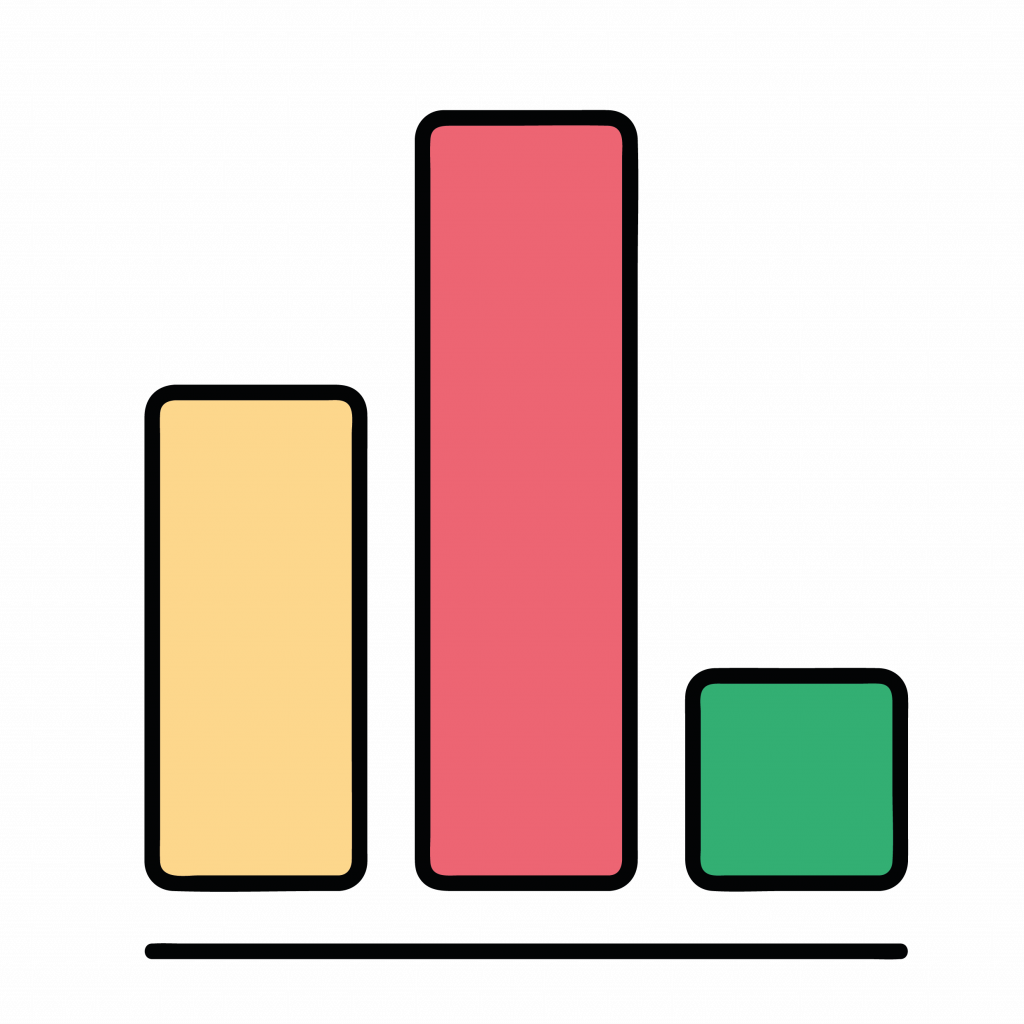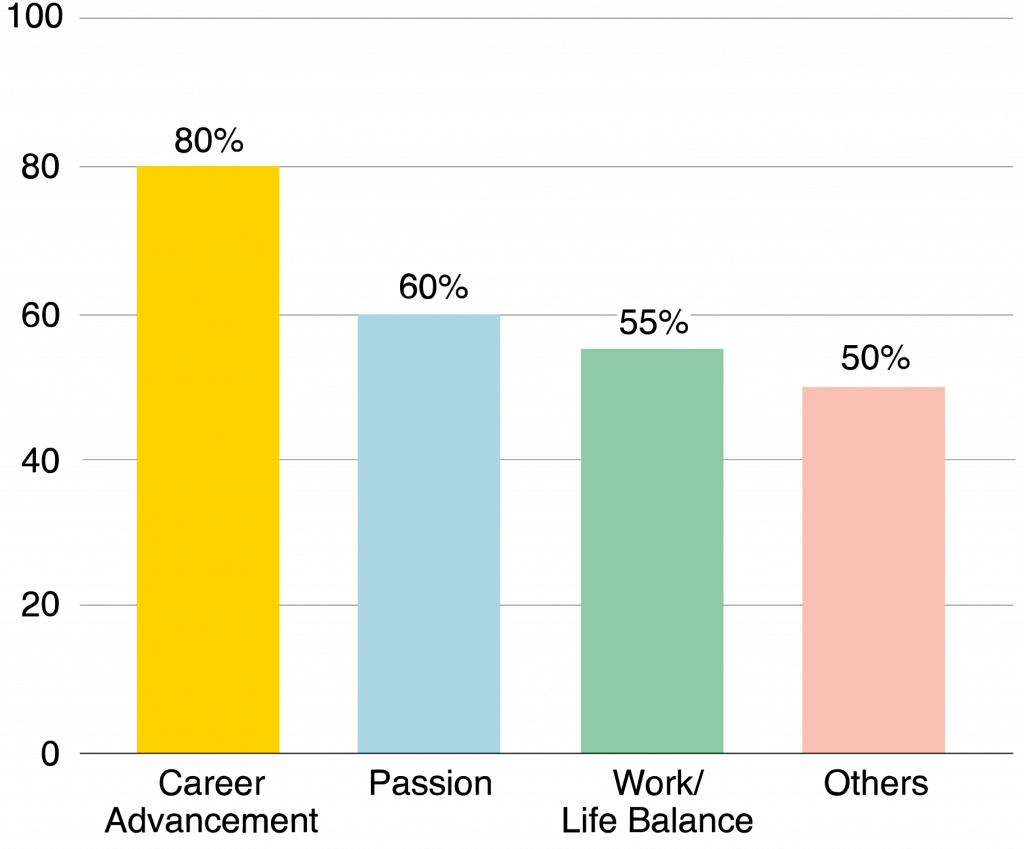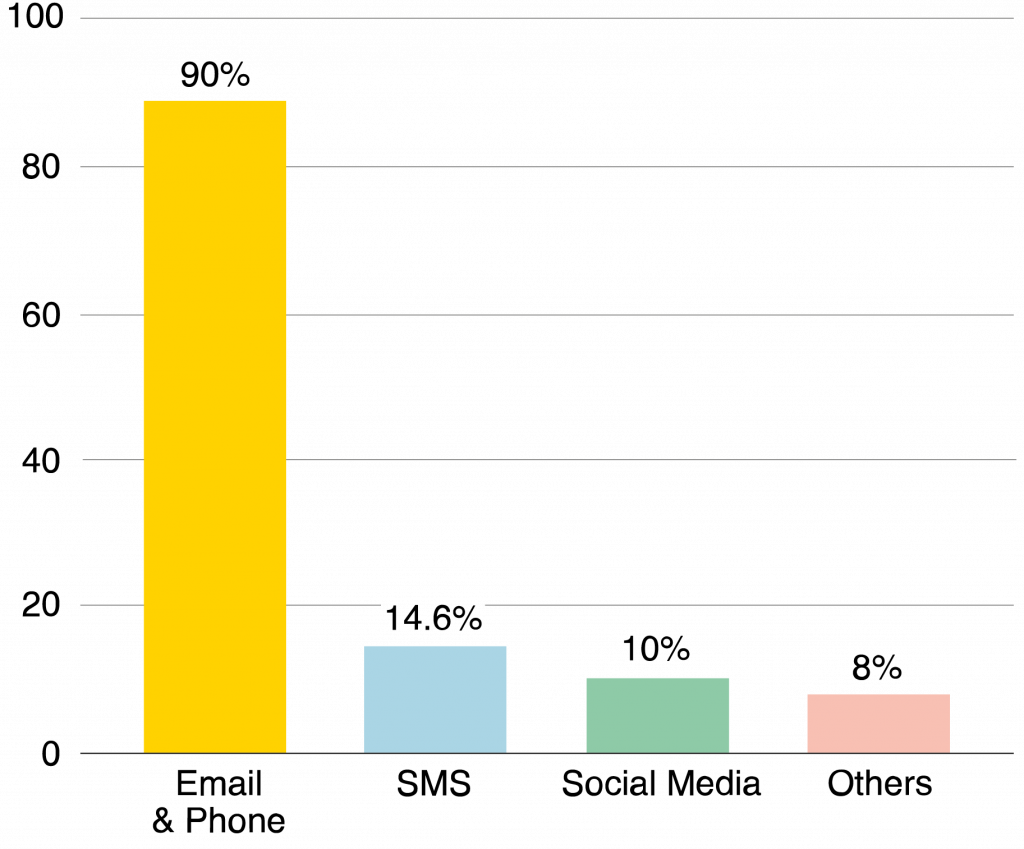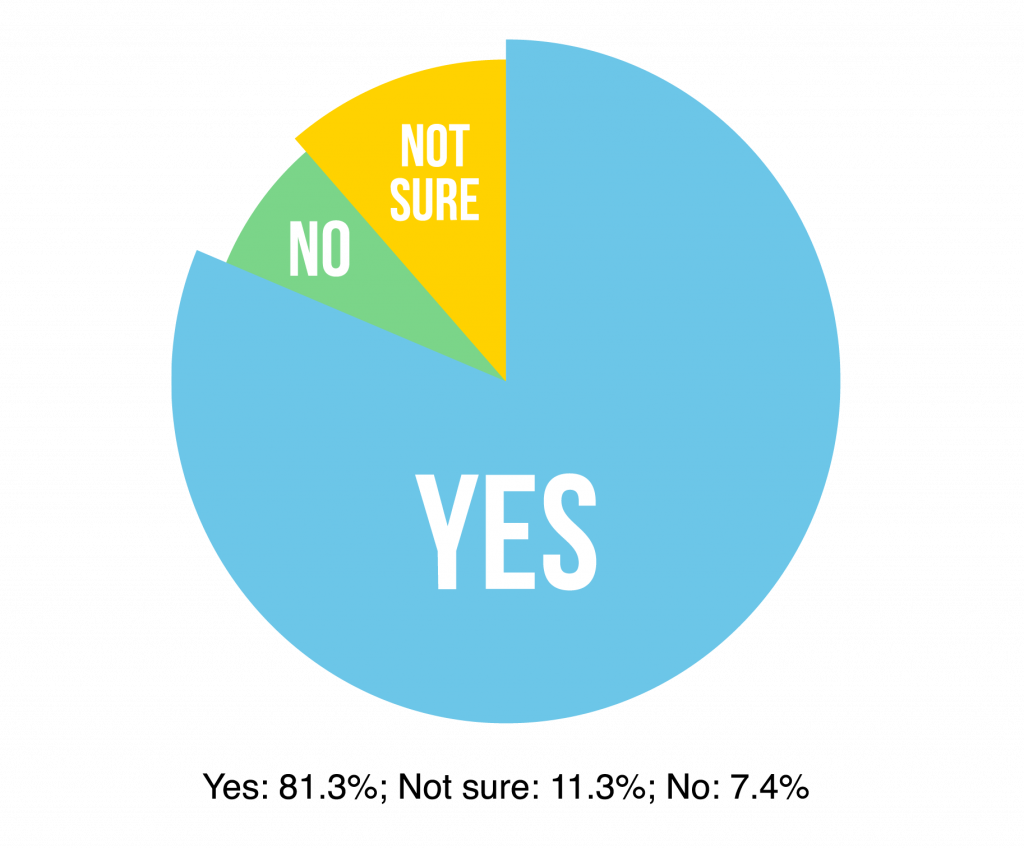Campus recruiting is an ever-changing landscape and one can only win top talents by grasping a deeper understanding of students.
This first-ever Rakuna Annual Student Survey pursues a closer look into how today students aspire to build up their career paths and their views and expectations in the job application process. We collect valuable statistics to help campus recruiting leaders gain insights and give your recruiting strategy a boost for the upcoming recruiting seasons.
This report includes insights from 500+ college students and recent graduates from all over the U.S. on their views and expectations in career aspirations and job application process. Specifically, students were surveyed on topics related to 1) Job search, 2) Interview process, 3) Job offer consideration and 4) Job preference and expectation.
Key insights include:

More than 80% of respondents deemed career advancement opportunities the most influential factor when considering a job offer.


More than 80% of respondents are willing to relocate for job/ internship opportunities.


